Results 21 to 28 of 28
Thread: A Rare Find?
Threaded View
-
03-06-2013, 02:39 AM #1
 A Rare Find?
A Rare Find?
I saw this piece and just had to have it for my collection. Call me weak but I don't think I'll come across too many double bladed razors.
The history is interesting as it was built in England but made its way to France. Specifically to the Marquis de Goulaime of the Castle Goulaine. The castle ( now a chateau) was started around the year 970 or so and is located in the Loire valley presided over by the 11th Marquis. He is still in the wine making business and is considered the oldest business in Europe at 1000 yrs. You can buy his wines today.
Iron Chef Bobby Flay credits this family's chef as the creator of the famous Beurre Blanc sauce.
I also got a signed letter of authentication documenting the razor. I'm not sure how authentic the letter is but I think it's neat. I'm sure I can verify it if I choose to.
But I think it's a neat piece. One interesting thing is the wedge is leather. Each blade sinks into it a bit holding it in place.
The scales are bone with hand painted design matching one of the blades which also shows the anchor and scrolls. The other blade is marked Plymouth in its etch.
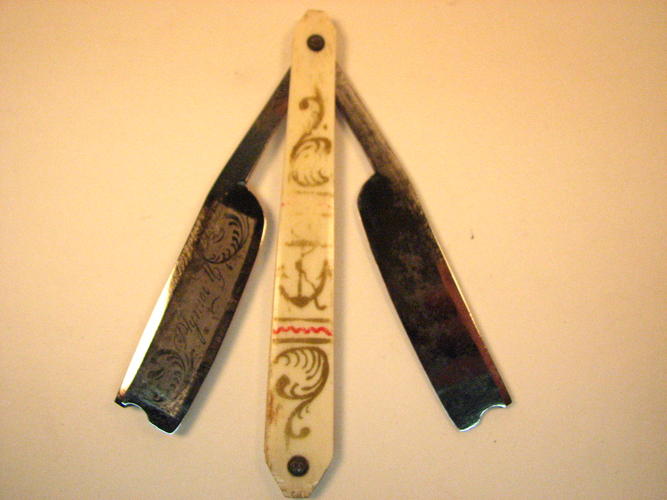
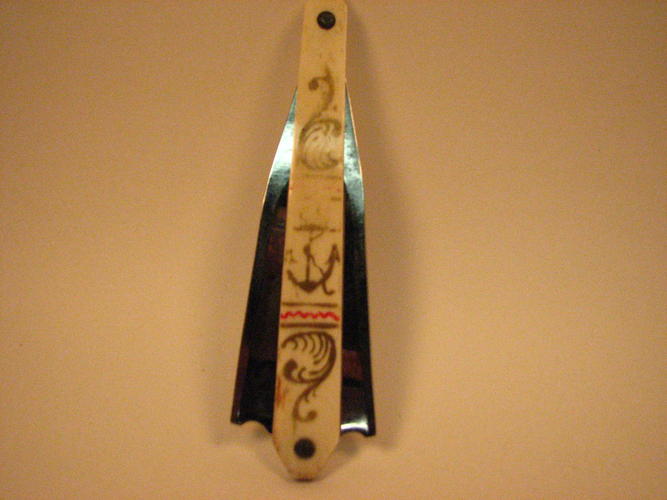
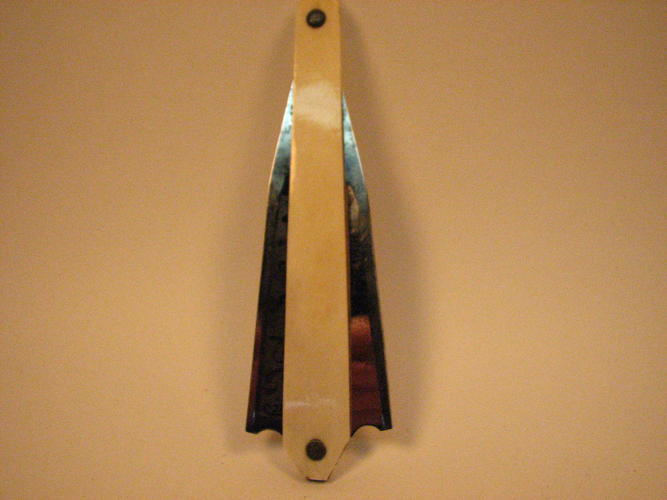
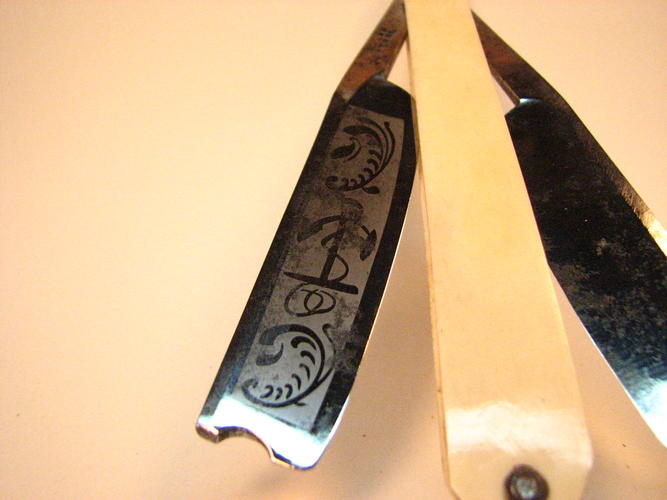
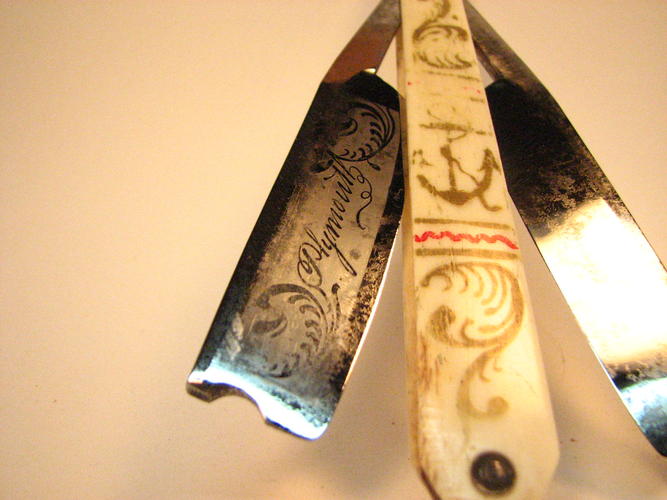
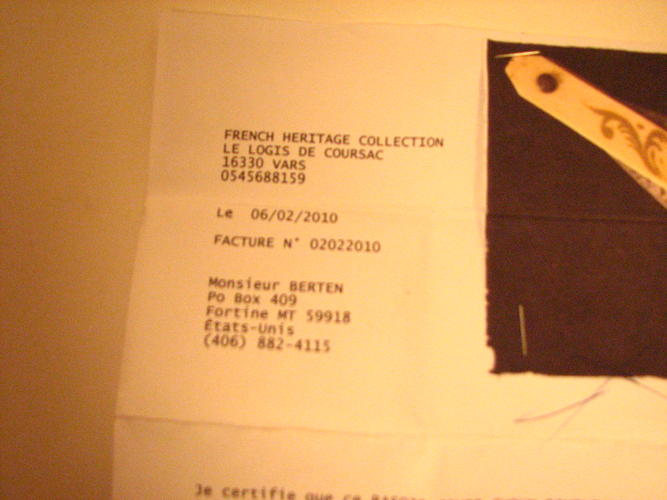
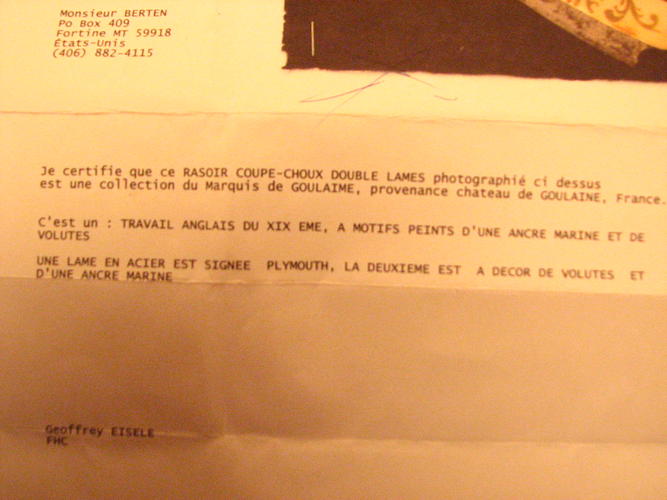


 38Likes
38Likes LinkBack URL
LinkBack URL About LinkBacks
About LinkBacks






 Reply With Quote
Reply With Quote